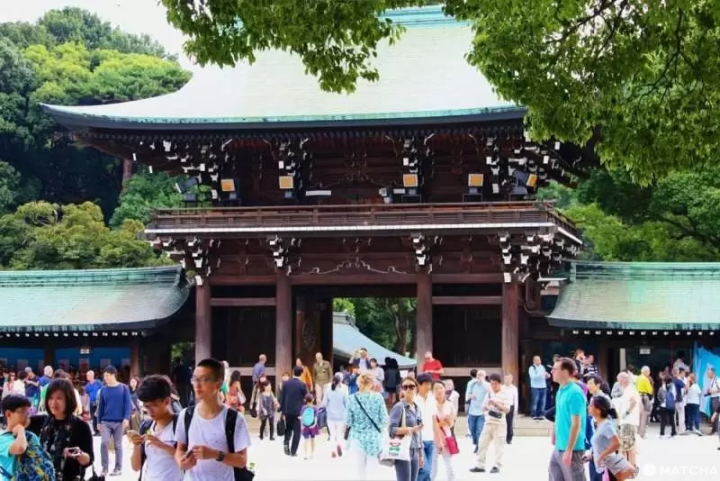Japanese Shrines: The Difference Between Jinja, Taisha, Jingu, and Gu

Japanese shrines have a variety of names and titles; this article that explains the differences between them, as well as the historical significance of the terms jinja, taisha, jingu, and gu.
There are various terms used in conjunction with Japanese shrines, such as taisha and jingu. How are these expressions related?
What's the Difference Between Jingu and Taisha?

Source: Shikinen Zotai: Once in 20 Years at Kasuga Taisha (Nara)
The general function of a shrine is to revere ancient Japanese gods. The term taisha was originally a way of referring to a particular shrine in Shimane Prefecture, called Izumo-taisha. However, by the end of the 19th Century, there was an increase in the number of shrines called taisha, such as Kasuga-taisha in Nara, and Suwa-taisha in Nagano.
By the 20th century, the title of taisha was given to places of Shinto worship nationwide. This title is frequently used to group related shrines together.
So, What Exactly do Jingū and Gū Mean?

Source: Meiji Jingu: Harajuku's Stunning Shrine
The gods enshrined within Japanese shrines are sometimes called saijin. The term saijin refers to the ancestors of the Imperial Household. Shrines that harbour a deep connection with royalty are called jingu. Mie Prefecture's Ise Jingū, where the sun goddess Amaterasu-Ōmikami is enshrined, is one of the best known.
Another famous shrine bearing this title is Meiji Jingū in Tokyo, where the Meiji Emperor is deified.

Source: Tokugawa Ieyasu is worshiped as a god at “Ueno Toshogu Shrine”
Places that carry the name miya or gu also harbor a deep connection with the royal household. These shrines are are dedicated to male members of the imperial family.
Even shrines where other important historical figures are deified traditionally use the gu suffix. These include Tosho-gu where Ieyasu Tokugawa (the first Tokugawa shogun) is deified, and Tenmangu where Sugawara Nomichi (the famous scholar from the Heian period) is enshrined.
Next time you see the name of a famous Japanese shrine, see if you can figure out its historical connections based on its title!
This is the official account of MATCHA's editorial department. Our articles feature useful travel information for visitors to Japan, from how-to guides to recommended places to visit.



































![[Yamanashi/ Hokuto City] 4 Hot New Spots Opening in 2026](https://resources.matcha-jp.com/resize/720x2000/2025/12/12-252747.webp)



